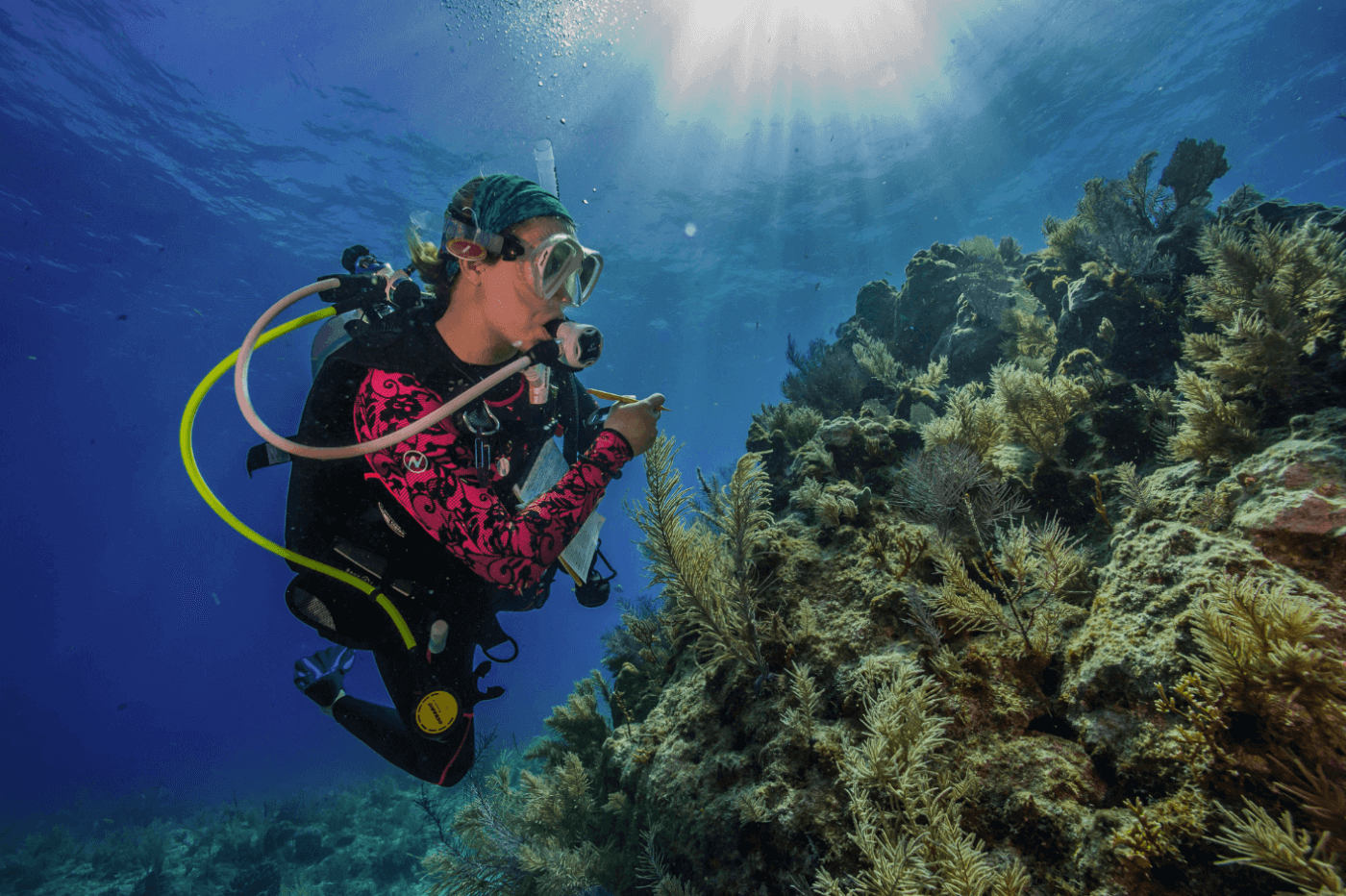
Photo courtesy of National Park Service: Shaun Wolfe
From parks to preserves to monuments to memorials, the National Park Service recognizes nearly a dozen sites across the Sunshine State.
No matter what part of Florida you’d like to explore next, you’re bound to find a US National Park Service (NPS) park near you. The NPS recognizes and maintains parks, ecological and historical preserves, seashores, monuments, and memorials from the Gulf Islands National Seashore in the Panhandle south to the Keys at Dry Tortugas National Park. According to the NPS, nearly 9 million people have visited Florida’s national parks so far, so see what all the fuss is about with this guide to the eight best national parks in the Sunshine State.
Big Cypress National Preserve

Take the Tamiami Trail east from Miami until you reach the freshwater swamps of Big Cypress National Preserve, located in Ochopee. This area’s unique ecosystem includes a combination of temperate and tropical plants and abundant wildlife–even the endangered and elusive Florida panther calls this special place home. Recognized as an International Dark Sky Place by the International Dark-Sky Association in 2016, Big Cypress is the perfect place to spend a peaceful night camping under starry skies.
Dry Tortugas National Park

If you’re not the owner of a seaworthy vessel, visiting Dry Tortugas National Park requires a not-so-cheap boat or seaplane ride, but many agree, it’s worth it. Located 70 miles west of Key West, this tropical, historical wonderland includes seven small islands surrounded by crystal-blue waters perfect for swimming and snorkeling. Take the little ones to Garden Key’s North, South, and East beaches, where sands gradually slope into gentle waters. On the northwest side of Loggerhead Key, a massive coral formation just a few yards from the shore is accessible for snorklers of all ages, but as the NPS advises, look; don’t touch. Fort Jefferson, also on Garden Key, took nearly 30 years to build in the mid-to-late 1800s, and US forces used it during the Civil War and both world wars.
Biscayne National Park
This national park located east of Homestead in the Biscayne Bay is a dream for boaters, canoers and kayakers alike, who come to these protected waters to commune with coastal and aquatic wildlife in their unspoiled habitats. Biscayne National Park includes the Jones Lagoon, an area of shallow waters where you can see stingrays, jellyfish, entire schools of fish, and the seabirds who eat them. In Hurricane Creek, you can snorkel beneath mangrove roots to find tiny creatures like crabs, sea anemones, and tunicates, living water filterers also known as sea squirts.
Canaveral National Seashore

The 58,000 acres that make up the Canaveral National Seashore in east central Florida comprise protected natural habitats like barrier islands, an open lagoon, coastal hammock, pine flatwood, and offshore waters. Designated as the shoreline between New Smyrna Beach and Kennedy Space Center on Merritt Island, the beaches in this area boast mostly uncrowded, mostly undeveloped spaces to sprawl out on the sand with your loved ones and enjoy the Atlantic’s gentle waves. A particular site of interest is Turtle Mound. Located nine miles south of New Smyrna Beach, this 25,000-cubic-yard archaeological site is thought to be a high-ground refuge built by Florida’s native Timucuan people from oysters and shells between 1000 BCE-1400 CE.
Everglades National Park

Its landscapes are home for many of Florida’s endangered and rare species, including the Florida panther, the American crocodile, and the West Indian manatee. Everglades National Park is a hotspot for biodiversity, and its 1.5 million acres extending from one south Florida coast to the other coalesce to create an environment not seen anywhere else in the world. This unique habitat contains nine distinct ecosystems like mangrove, cypress, coastal lowlands, and pinelands. Visit between November through April, when temperatures lower, mosquitos are less present, and wildlife are active.
Fort Matanzas National Monument

For many people, half of the fun of visiting Fort Matanzas National Monument is getting there. The anticipation builds as you ride on a ferry cruise to a barrier island about 15 miles south of downtown St. Augustine, between Crescent Beach and Marineland. When you arrive, many adventures await, including bird watching along the marsh trail, kayaking in the Matanzas River, picnicking under an old oak canopy, and hiking in dense coastal hammock forest. Don’t forget to check out the fort itself, a watchtower created by Spanish military and settlers in 1742 out of local coquina shell.
Gulf Islands National Seashore

Florida shares ownership of this national seashore with Mississippi, and its unique beach, marsh, woodland, and bayou environments draw visitors from across the South each year to bike, hike, fish, snorkel, swim, and bird watch. In the cooler, early summer months, visitors flock to Gulf Islands National Seashore beaches on Perdido Key, west of Pensacola on the Gulf of Mexico, as well as Santa Rosa Beach, near Destin, on the Hogtown Bayou, a peaceful inlet of the Chocktawhatchee Bay surrounded by homes and trees.
Timucuan Ecological and Historic Preserve

On Jacksonville’s northeast coast, Timucuan Ecological and Historical Preserve is one of the Atlantic’s last remaining unspoiled coastal wetlands, and its hardwood hammocks, coastal dunes, and salt marshes have been drawing people to the area for 6,000 years. Originally the native lands of the Timucua, a name used today to identify multiple communities of Native Americans who lived in northern Florida and southern Georgia, the site was also briefly colonized by the French in the 1500s. You can visit the French Fort Caroline, today home to a visitor center and museum. The area was also the site of Kingsley Plantation, and many elements from that time still stand, including 25 cabins that housed slaves.
READ MORE: 4 Family-Friendly Florida Vacation Spots to Visit on a Budget
Politics

Video: Debbie Mucarsel-Powell: Trump Usa La Retórica de Chávez y Maduro

New Biden rules deliver automatic cash refunds for canceled flights, ban surprise fees
In the aftermath of a canceled or delayed flight, there’s nothing less appealing than spending hours on the phone waiting to speak with an airline...
Local News

Video: Debbie Mucarsel-Powell: Trump Usa La Retórica de Chávez y Maduro

New Biden rules deliver automatic cash refunds for canceled flights, ban surprise fees
In the aftermath of a canceled or delayed flight, there’s nothing less appealing than spending hours on the phone waiting to speak with an airline...





